Drought, Pollution, and Expansion Imperil Istanbul’s Best-Laid Water Plans
Long-term, a variety of problems threaten Istanbul’s water supply, including climate change, water pollution, and industrialization.
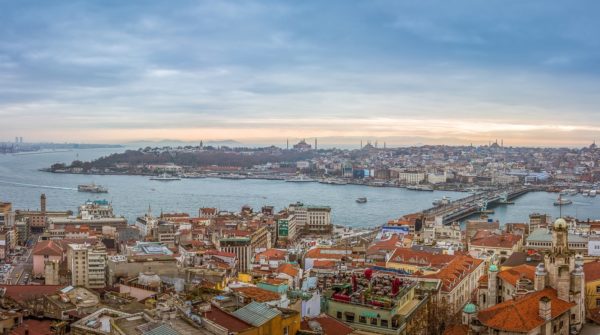
Panorama of Istanbul taken from Galata tower. Photo courtesy of Juraj Patekar/Wikimedia Commons.
Water encircles Istanbul. To the south is the Sea of Marmara, to the north lies the Black Sea. The Bosphorus Strait, which connects the two, cuts through the heart of the city and is seen as a continental divider, separating Europe from Asia.
The seas, however, are either salty or brackish, making the water unfit for drinking or domestic use. Instead, Istanbul relies heavily on surface water, which it draws from eight regional reservoirs. In total, surface water accounts for 97 percent of the city’s supply. This supply, in turn, is being challenged by increasingly high demand.
In the past 40 years, Istanbul has grown at breakneck pace. In 1980, the city was home to 3 million people. Today, the population is around 15 million. Istanbul is considered the largest city in Europe, and ranks as the seventh-largest in the world. Each year, it welcomes 300,000 migrants from other areas of Turkey.
Istanbul’s dependence on surface water, coupled with rapid population growth, poses a riddle for city leaders trying to ensure reliable water. Following a severe dry spell in 1994, local officials began increasing the city’s water storage. Between 1994 and 2014, total storage capacity increased from 590 million cubic meters per year to 2.1 billion.
In 2009, the city of Istanbul developed a sustainability master plan. Continued water availability is a key part of the plan, which includes five projects intended to boost supply by another 646 million cubic meters per year by 2040.
If careful management continues, Istanbul does not face major water shortfalls now or in the near future. Long-term, however, a variety of concerns loom, including climate change, water pollution, and industrialization.
Future Concerns
In the past decade, a handful of dry years have tested Istanbul’s water reserves. From 2006 to 2008, Istanbul received the lowest amount of rainfall in 50 years, with reservoirs dipping to 25 percent capacity. In 2014, another drought occurred, with reservoirs dropping as low as 29 percent.
According to climate scientists, periods of drought may be the new norm for the megacity. A 2013 report by the Organisation for Economic Co-operation and Development (OECD) analyzed the impacts of climate change on water systems in Turkey. The report predicts that temperatures will rise and rainfall will decrease in much of Turkey in the next century. The OECD warns that these climate disruptions could have major impacts on the quantity and quality of the country’s surface water.
Another 2013 study, published in the Turkish Journal of Water Science & Management, forecasts changes in Istanbul’s Marmara region. In the “optimistic” scenario, temperatures in the region are expected to rise 2 to 3 °C by 2040, and another 3 to 4 °C by 2100. At the same time, autumn rainfall is forecast to drop by 20 percent. In the “pessimistic” scenario, climate fluctuations are even worse, ultimately leading to a 20 percent decrease in regional surface and groundwater.
In addition to the shifting climate, pollution threatens Istanbul’s water supply. Although the city has made impressive progress in wastewater management, some sewage still goes untreated. Several treatment plants are also outdated, including the Kadikoy plant, which can only remove waste molecules larger than 10 millimeters. As a result, many small but dangerous particles are still dumped into Istanbul’s waterways.
The city’s reservoirs are also at risk of contamination. The reservoirs have water quality conservation zones around them, which restrict nearby construction and industrial activity. Despite this, illegal settlements crop up alongside reservoirs. These communities often lack proper sanitation, exposing reservoirs to pollutants.
Istanbul’s booming growth is not only leading to illegal settlements, but also to a handful of mega projects. One of the plans, called the Canal Istanbul, involves carving a new waterway parallel to the Bosphorus Strait, connecting the Black Sea and the Sea of Marmara. The canal is intended to reduce congestion of the Bosphorus, one of the busiest waterways in the world.
However, environmental experts warn that the ambitious plan could have detrimental effects on Istanbul’s water supply. According to the Turkish government’s own data, the new canal will alter water resources on the European side of Istanbul, which supplies 40 percent of the city’s demand. Completion of the canal will require uprooting the Sazlıdere Dam, as well as upsetting nearby streams and underground water tables.
As if to underscore the fragility of Istanbul’s water supply, rainfall in late 2017 was far below average, raising fears of a 2018 drought. According to Turkish Water Affairs and Forestry Minister Veysel Eroğlu, the government is doing all that it can to avert a dry spell.
For now, water supplies in the city are likely safe. Someday, though, a time may come when even the most sincere governmental efforts cannot stop Istanbul’s reservoirs from running dry.
Resources And Further Reading
Climate Change Projections for Turkey: Three Models and Two Scenarios (MGM)
Gov’t forced to take measures amid below average rainfall across Turkey (Hürriyet Daily News)
Istanbul: City of Water (Revolve Water)
Pollution Threatens Iconic Istanbul Waterways (Al Jazeera)
Turkey: Climate change impacts on water systems (OECD)
Water and Wastewater Management in Istanbul (ResearchGate)
Will Istanbul’s Massive New Canal Be an Environmental Disaster? (National Geographic)
Kayla Ritter is a recent graduate of Michigan State University, where she studied International Relations and Teaching English to Speakers of Other Languages. She is currently based in Manton, Michigan. Kayla enjoys running, writing, and traveling. Contact Kayla Ritter

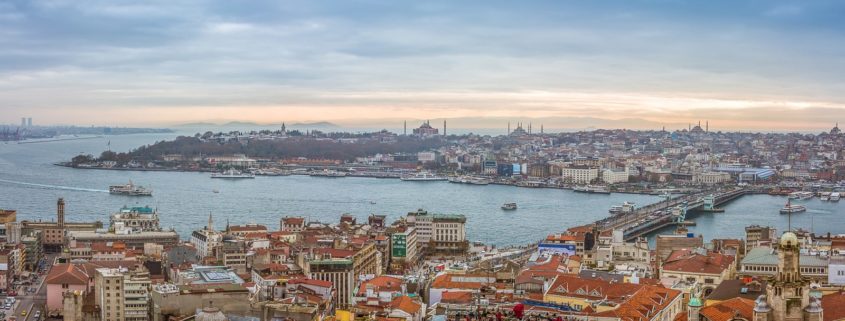


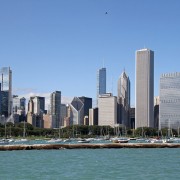
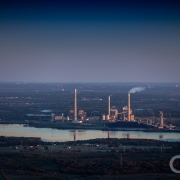


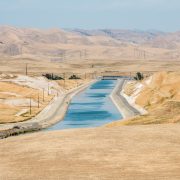

Trackbacks & Pingbacks
[…] pollution and expansion imperial Istanbul’s best-laid water plans’ (WWW) (https://www.circleofblue.org/2018/water-management/cities/drought-pollution-and-expansion-imperil-is…; accessed […]
Leave a Reply
Want to join the discussion?Feel free to contribute!